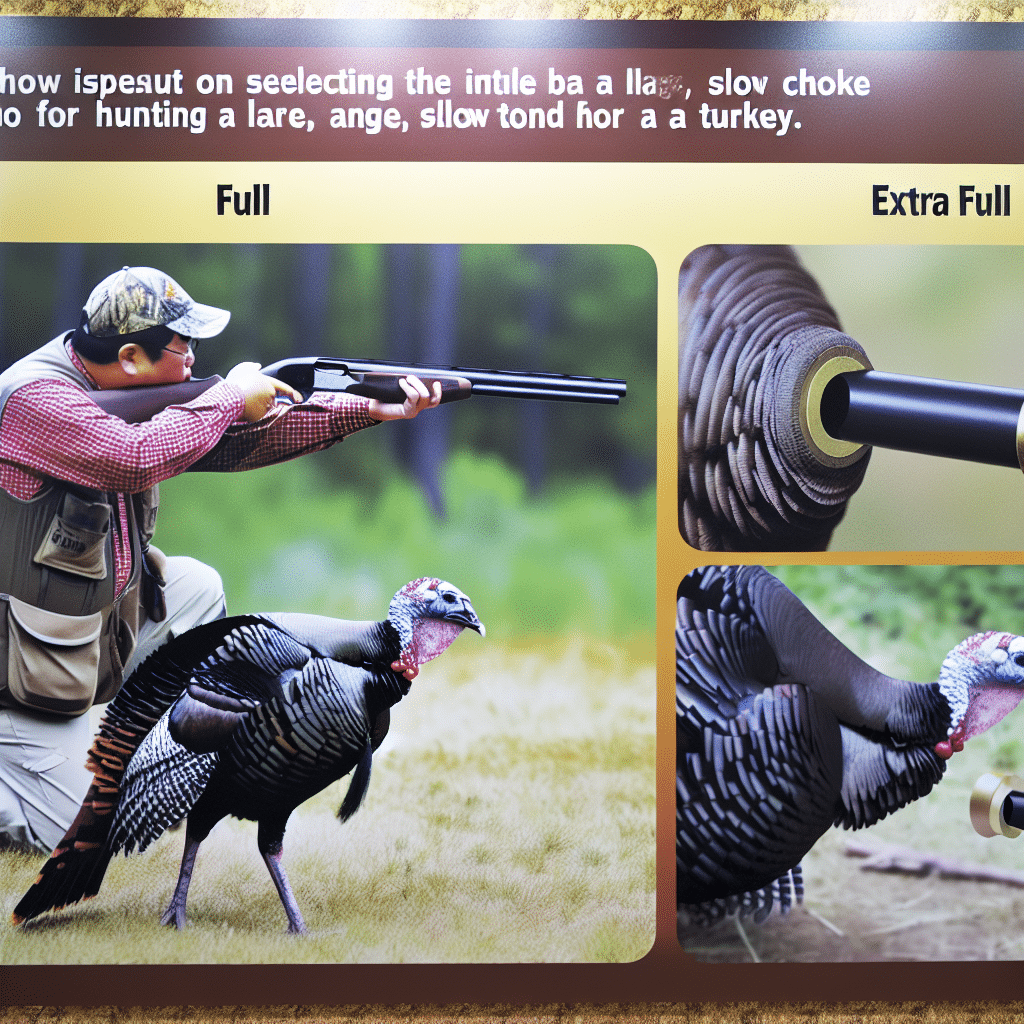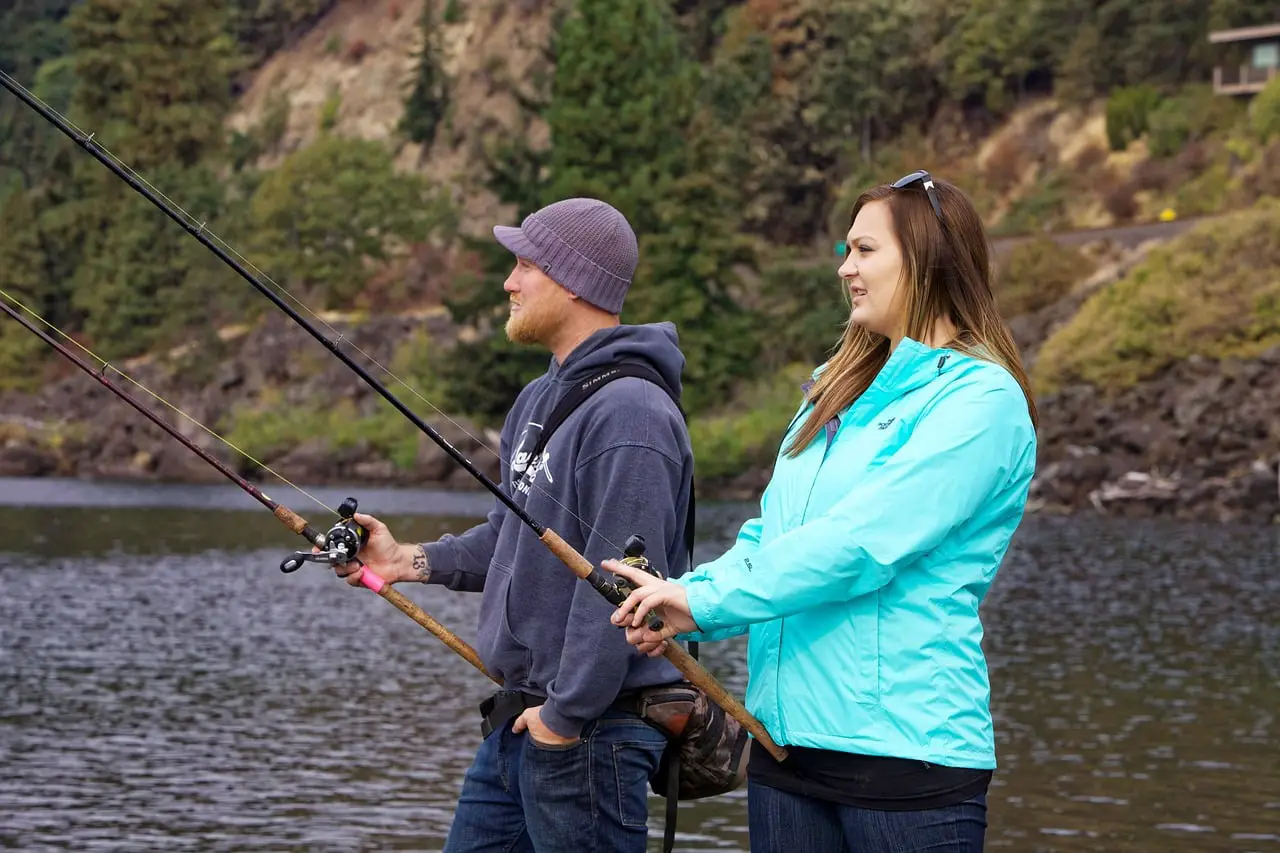Angling, a time-honored tradition, creates a serene escape into nature while offering the thrill of the catch. Whether you’re a seasoned angler or a rookie, one tool remains paramount in your kit—the angling knife. But what exactly is it, and why is it essential? Let’s delve deep into the world of angling knives and explore their significance in this aquatic sport.
What is an Angling Knife?
An angling knife, often referred to as a fishing knife, is a specialized tool designed for various tasks related to fishing. Its primary purpose is to help anglers clean, fillet, and prepare their catch efficiently. These knives are crafted with specific features that distinguish them from regular kitchen or utility knives.
Key Features
1. **Blade Material**:
Angling knives are typically made from high-carbon stainless steel, which offers a sharp edge, corrosion resistance, and durability. The blade must withstand constant exposure to water and fish scales without rusting or dulling quickly.
2. **Blade Flexibility**:
Flexibility is crucial, especially for filleting fish. A flexible blade allows for precision cuts and easy maneuvering around bones, ensuring maximum yield of meat.
3. **Handle Design**:
The handle of an angling knife is ergonomically designed to provide a comfortable grip even when wet. Materials like rubber or textured polymers are commonly used to prevent slipping.
4. **Edge Retention**:
A good angling knife should maintain a sharp edge over time, reducing the need for frequent sharpening. This is particularly important during long fishing trips.
Why Every Angler Needs an Angling Knife
Angling is more than just casting a line into the water and waiting for a bite. Post-capture, the real work begins, and this is where the angling knife shines. Here are a few compelling reasons why it is indispensable:
Precision in Filleting
Filleting a fish requires finesse and accuracy. An angling knife’s flexible and sharp blade ensures that every cut is precise, minimizing waste and maximizing the use of the catch. A blunt or improper knife can damage the fish meat, making it less appetizing and nutritious.
Versatility in Tasks
Besides filleting, an angling knife can be used for a variety of tasks such as scaling, gutting, and even cutting bait. Some advanced models come with additional features like gut hooks and serrated edges, enhancing their versatility.
Safety First
Using a knife designed specifically for angling reduces the risk of accidents. These knives are tailored for fish-related tasks, ensuring a safer and more efficient fishing experience. The ergonomic handle and blade design provide better control, reducing the chances of slips and cuts.
Types of Angling Knives: What Do You Need?
Different fishing scenarios might require different types of knives. Here are some common types of angling knives:
Filleting Knife
The filleting knife is perhaps the most common angling knife. It features a long, thin, flexible blade designed for precision cuts. This knife is ideal for removing bones and skinning fish.
Boning Knife
A boning knife has a stiff blade, making it suitable for cutting through tougher parts of the fish, such as bones and cartilage. It is less flexible than a filleting knife but offers more strength for harder tasks.
Bait Knife
A bait knife is smaller and more compact, designed for cutting bait into manageable pieces. It may also feature a serrated edge for cutting through tougher bait materials.
Multi-Tool Knives
For those who prefer versatility, multi-tool angling knives combine various functions such as filleting, scaling, gutting, and more into one convenient tool. While they may not excel in any one task, they offer the convenience of having multiple tools in one.
Maintenance: How to Keep Your Angling Knife Sharp
Proper maintenance of your angling knife ensures longevity and performance. Here are some tips to keep your knife in top-notch condition:
Regular Cleaning
After each use, rinse the knife with fresh water to remove any salt, blood, or fish residue. Dry it thoroughly to prevent rust and corrosion.
Sharpening
Invest in a good sharpening stone or a knife sharpener. Regularly honing the blade will keep it sharp and ready for use. Always follow the manufacturer’s instructions for the best results.
Storage
Store your angling knife in a dry place, preferably in a sheath to protect the blade. Avoid leaving it in damp environments, as this can lead to rust.
Conclusion
Mastering the art of using an angling knife not only enhances your fishing experience but also ensures that you make the most out of your catch. With the right knife in your tackle box, you’ll find it easier to prepare and enjoy the fruits of your fishing adventures. Whether you’re filleting, boning, or cutting bait, the angling knife is a trusty companion that every angler should have. So, next time you head out to the waters, don’t forget to pack your angling knife—it’s not just a tool, but an essential part of your fishing journey.




